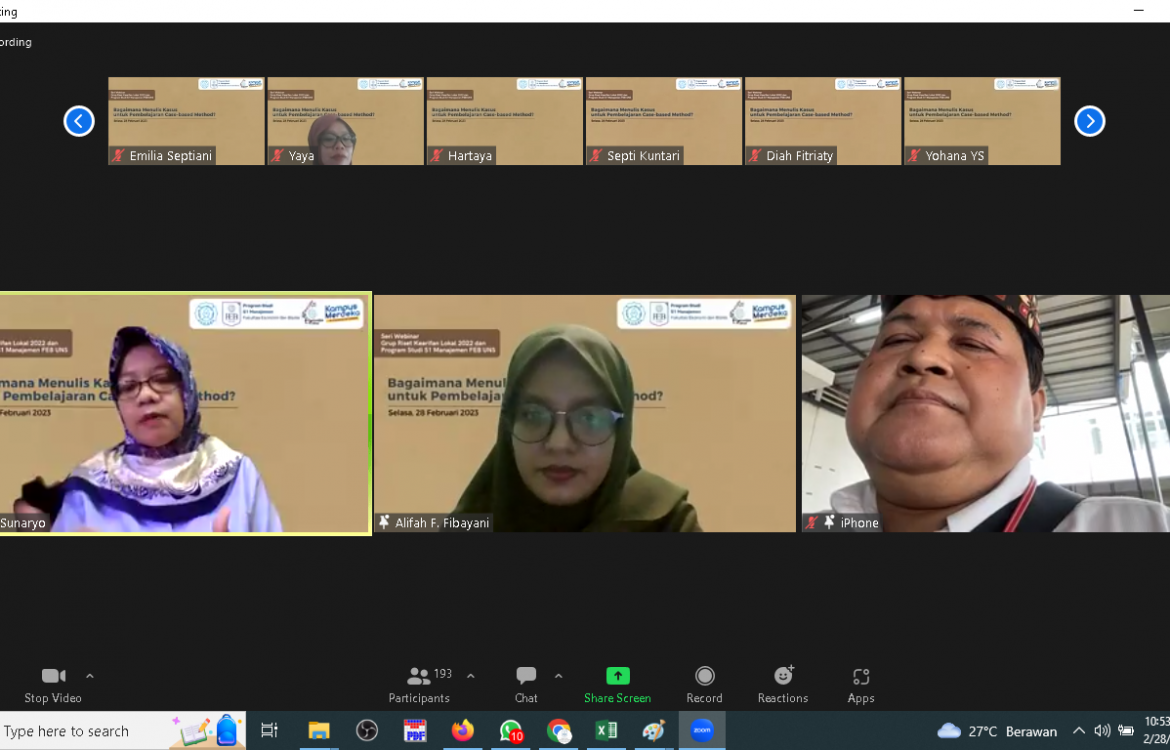
Dr. Sinto Sunaryo Invites Academic Members to Take on Local Cases for Case-Based Method Learning
How to start writing a case study for a case-based learning method? There are many sources of cases, there are cases published in international journals or even journals specialized in publishing cases, these cases can also be obtained from the Harvard Business School, and short cases are included in a textbook.
The problem is most of the cases are developed according to international context or occur in other countries. There is only a limited number of academician taking on cases focused on the Indonesian context to be applied in case-based learning. In fact, there are innumerable Indonesian cases available for discussion and worth publishing, provided that the writing process follows the applicable standard.
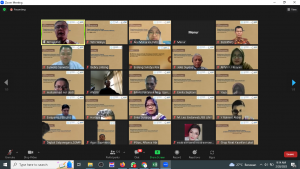
The current condition becomes a challenge for academicians to incorporate cases with local context in the learning process to allow students to understand cases emerging in their surrounding community.
This statement is delivered by Dr. Sinto Sunaryo, SE, MSi, SHRM-CP., a lecturer from FEB UNS, presenting her material in a webinar hosted by the Local Wisdom Research Group, Faculty of Economics and Business (FEB), Universitas Sebelas Maret (UNS), Tuesday, 28 February 2023.
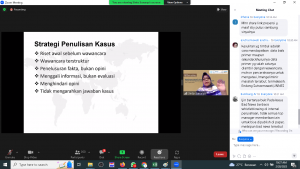
Further, Dr. Sinto explains why the case-based study is important.
“Case-based studies are important, not only because this method has been used in renowed global business schools, but also not only because of the requirement of the Dikti to be part of the Key Performance Indicator (KPI), but because of the very nature of a case study itself, which is the Students will learn, and what we can teach to students through case-based studies,” she explained.
According to her, the core of the case-based studies is to give students the opportunity to delve deeply into case-solving, learn, analyze, and make strategic decisions on real-world problems, in a real-life situation. The case written is based on a real-life, it represents a piece of the reality of the case object, should not be fictional in nature, and can be from either a for-profit organization, non-profit organization, or industry.
Secondly, the case-based study offers students the opportunity to apply their knowledge and management in a classroom-based laboratory. The classroom should be a dedicated laboratory where students can learn, apply theory and concepts, and sharpen their skills under a minimum risk.
“This piece of reality presented in the case was intended to represent the reality faced by the case object, but without the actual risk that the object bears. For instance, students don’t actually have to be involved in a company operation,” she explains.
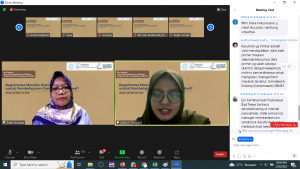
The third, case-based study offered students the opportunity to hone their competency in identifying, analyzing, and solving problems multiple times, under various settings, either in academic settings based on specific perspectives such as human resource, finance, or organizational background.
Further, Dr. Sinto explains various sources of case study inspiration that can be found in various media such as magazines, newspapers, textbooks, students’ experiences, alumni, or even business partners.
As for case writing, a case study must portray an actual situation and is related to managerial problems or address the managerial decision. The case must also relate to a theoretical concept or specific method.
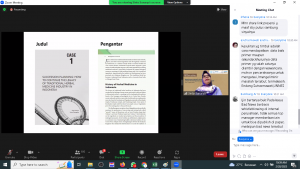
At the end of the session, in front of 200 participants, Dr. Sinto provided an example of case-based study material authored by FEB UNS Management Lecturer Team entitled “A Casebook in Business Management: Indonesian Traditional Herbal Industry,” and published by Salemba Empat, one of the leading publisher in Indonesia. The book was published in English, which allows Indonesian cases to be discussed in the global teaching and learning process.
Participants were highly interested in the topic discussed, proven by the discussion participation.

